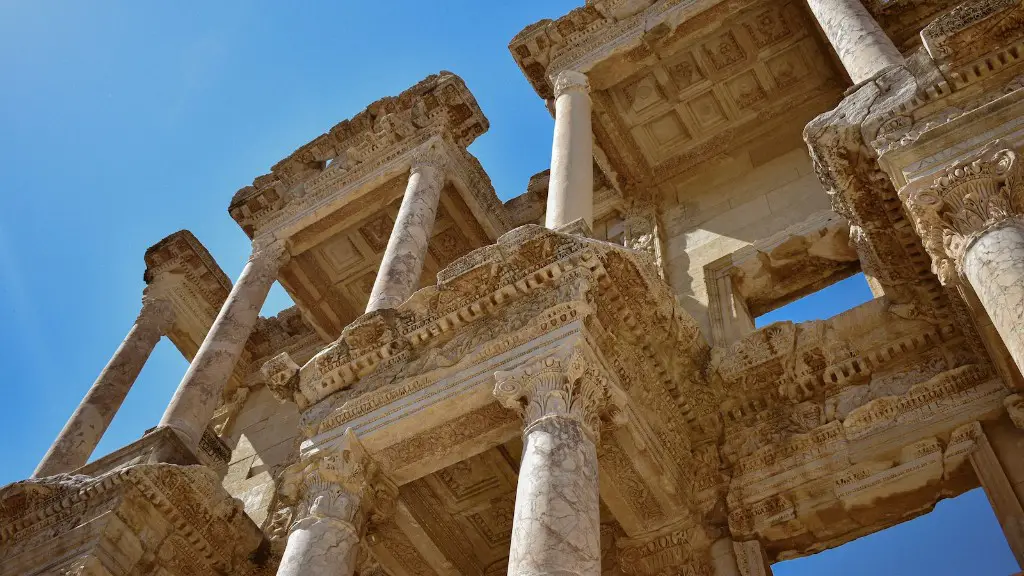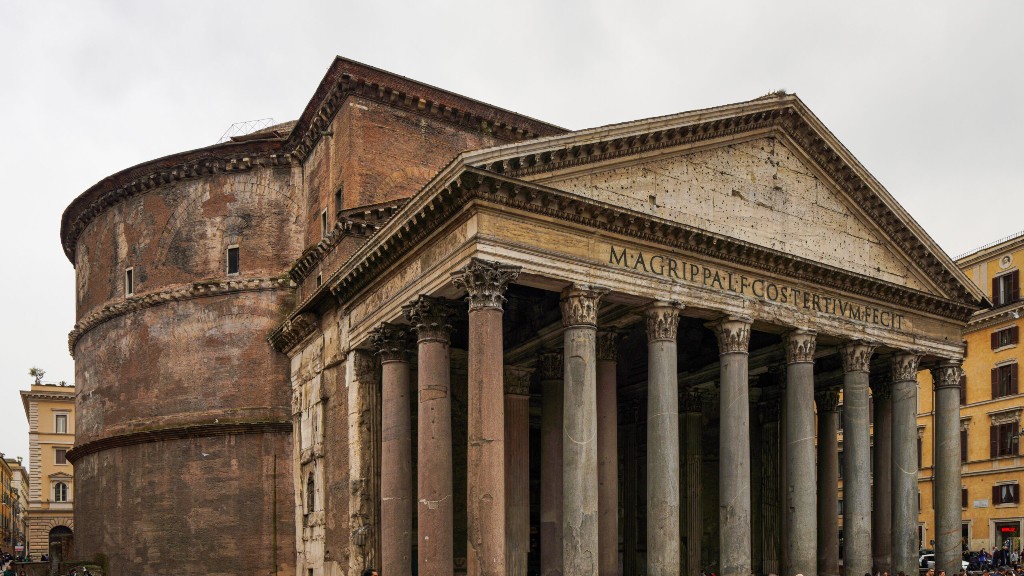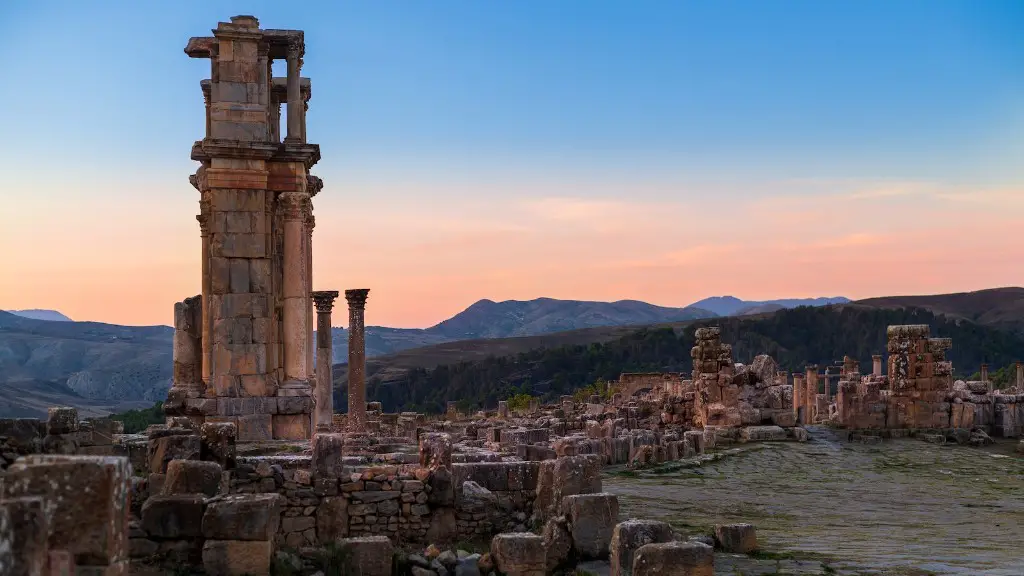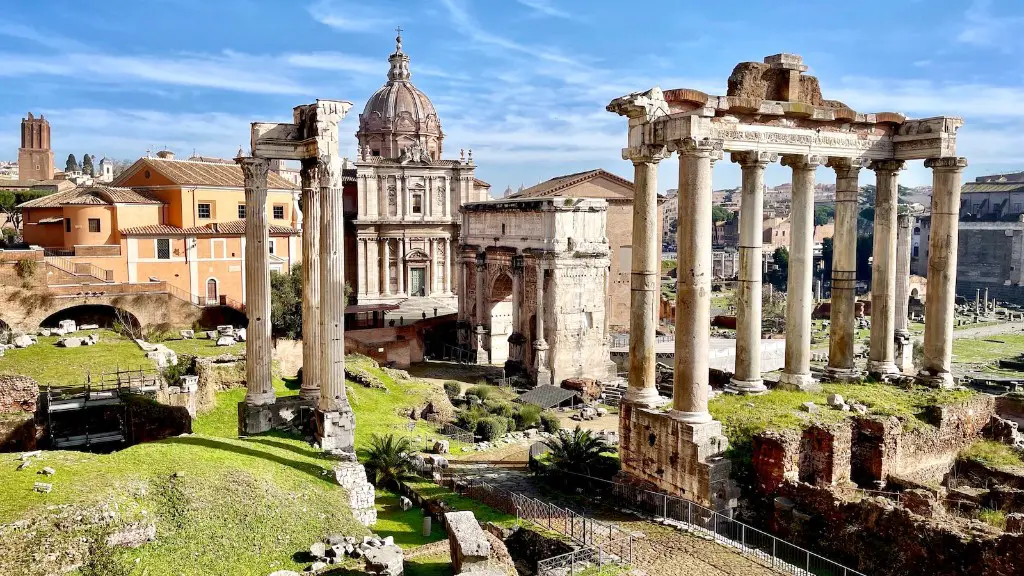The ancient Romans used roads for a variety of purposes. They built roads to connect their cities and towns and to facilitate trade and transportation. Roman roads were also used as military supply routes and as a means of communication between the Roman Empire and its provinces.
The roads in ancient Rome were used for a variety of purposes. They were used for trade, for transportation of goods, and for military purposes. The roads were also used for communication between the different parts of the empire.
How were the roads in ancient Rome?
The Roman road-building technique was incredibly efficient, and the resulting roads often shot straight up steep hills. Small bridges and tunnels were built to ensure the path could traverse rivers or pass right through mountains.
The network of public Roman roads was a vital part of the Roman Empire, connecting its various regions and allowing for the free movement of people and goods. The roads were also a very visible symbol of Roman power, and helped to unify the empire’s diverse population.
What are 3 facts about Roman roads
Roman roads were an incredible feat of engineering. Not only were they able to support the weight of the Roman legions, but they were also able to drain water effectively to prevent the roads from becoming muddy and impassable. This allowed for quick and safe travel across the Roman Empire, which was essential for both the military and for commerce.
A groma was a tool used by surveyors in ancient times. It was essentially two pieces of wood nailed together in a square cross shape, with lead weights attached to the ends. This allowed surveyors to take measurements and make calculations with greater accuracy.
How did Roman roads last so long?
The roads that the ancient Romans built were some of the most impressive feats of engineering in the ancient world. The roads they built were made from aggregates – lots of different sized stones that compacted down to create a strong, stable and long-lasting surface. These roads could stand up to the marching of hundreds of soldiers, and carts laden with supplies. The roads that the Romans built were a big part of what made their empire so successful.
Roman roads were built with several layers. The first layer was the statumen, which was a layer of large stones. On top of that was the rudus, a layer of gravel in concrete. On top of the rudus was the nucleus, a layer of sand and smaller gravel in concrete.
What did roads lead to in Rome?
The phrase “all roads lead to Rome” is a metaphor that means all choices, methods, or actions lead to the same result or goal. This is analogous to how Roman roads helped make the Roman Empire so powerful because goods, knowledge, and military units could be easily transported to and from the capital. In other words, the saying suggests that there is only one correct way to achieve a desired outcome.
Roads are an important part of our infrastructure, and we have the Romans to thank for many of the advances in road building that we take for granted today. They were the first to build roads with a tunnel construction, which is a method we have since improved upon. They were also the first to level land for roads, excavate land for roads, and transport materials for roads – all of which have become standard practice in road building today. Thank you, Romans, for making our roads smoother and more efficient!
What were Roman roads called
The Roman road system was one of the most impressive feats of engineering in the ancient world. The Romans built roads for military, commercial, and political reasons. They were very skilled at constructing roads, and they called them viae (plural of the singular term via). The word is related to the English way and weigh, as in “to weigh anchor.” The Roman road system was very efficient and allowed for the movement of people and goods throughout the Roman Empire.
The Appian Way was the first and most famous of the ancient Roman roads. It ran from Rome to Campania and southern Italy. The Appian Way was begun in 312 bce by the censor Appius Claudius Caecus.
How fast were Roman roads built?
The expected rate of construction for roads was 1 1/2 yards (135m) per man per day. In at least one case, 2 yards per man per day was achieved.
The Roman’s built in straight lines not only because it was easier than doing bends, but because this made roads more efficient to use. This is due to the fact that straight roads are less likely to have obstacles in the way, and are therefore easier and faster to travel on.
Who taught the Romans to build roads
All roads in the Roman Empire were built by the military. There were no other groups or individuals who could do it. The military employed specialists within their units to do the work.
Although the Roman Empire fell centuries ago, its roads are still visible across Europe. Some are built over by national highway systems, while others still have their original cobbles—including some of the roads considered by the Romans themselves to be the most important of their system.
The durability and longevity of Roman roads is a testament to the engineering skills of the ancient Romans. Today, modern travelers can still get a sense of how the Romans moved across their vast empire by looking at the remains of their road network.
What are some facts about ancient Roman roads?
The Roman roads were built for several purposes, including transportation, trade, and military. They were built to connect cities, major towns, and military bases. The roads were often stone-paved and metaled, cambered for drainage, and were flanked by footpaths, bridleways, and drainage ditches.
Ruts and potholes are not only the bane of modern drivers, but were also a problem for the Romans. A road in Ipplepen, Britain that was discovered in 2015 revealed that even the Romans had to deal with these pesky inconveniences. According to archaeologists, the ruts were most likely caused by horse-drawn carts that frequently used the road. So even though we may complain about them today, it seems that ruts and potholes are just a part of life!
How deep were Roman roads
The second layer of the road was called the statumen and was made up of larger stones that were placed over the rudus. The third and final layer was the pavimentum, which was a layer of tightly packed gravel that provided a smooth surface for travel.
The structure of Roman roads varied greatly, with different construction methods used depending on the materials available locally. However, a typical form of Roman road was an agger, or raised bank. This was built of layers of stone or gravel, and was used to form the road’s core. In areas of soft ground, the road might be built over timber piles and layers of brushwood, to provide a firm foundation.
Warp Up
The ancient Roman road system was one of the most extensive and sophisticated transportation networks of its time. Roman roads were used for military, commercial, and civic purposes. They were built through a system of surveying and engineering that made them some of the most stable and durable roads in history. Many Roman roads are still in use today.
The ancient Romans used roads for a variety of purposes, including trade, transportation, and military campaigns. The roads were supported by a system of government-built bridges and tunnels, which helped to make travel between different parts of the empire easier and quicker.





